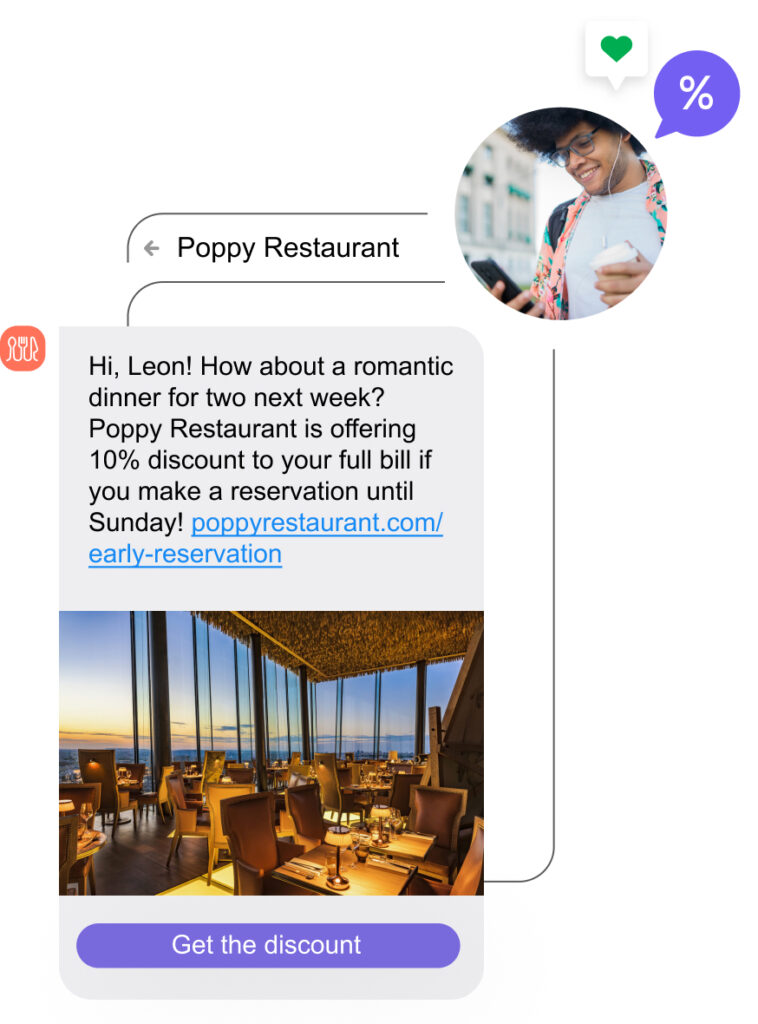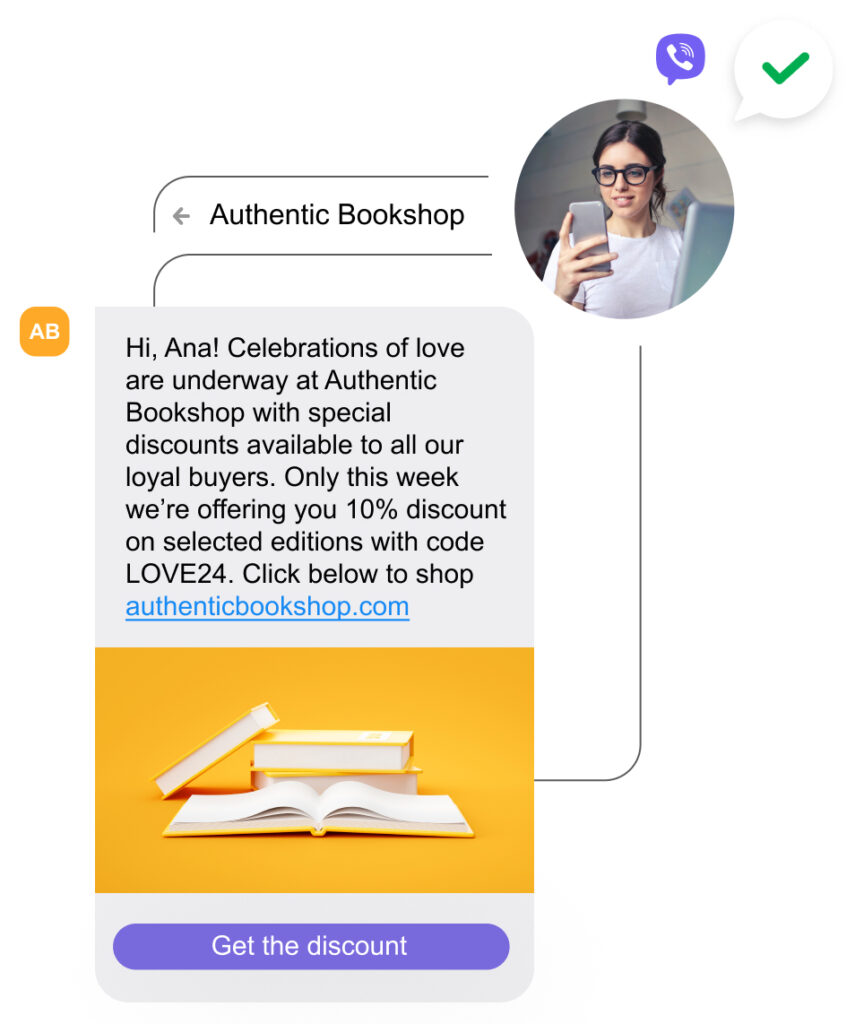Seasonal marketing is a great way for businesses to stay responsive and current while making the most out of established shopping patterns. Various holidays and celebrations provide opportunities for businesses to deliver targeted campaigns and align themselves with the purchasing behaviours of their audiences.
One of the best examples is Black Friday, which has grown to become one of the biggest shopping days of the year. In fact, it has further evolved from being a one-day shopping event to a whole weekend, and now, an entire week-long affair. Cyber Monday occurs the Monday after Black Friday, and it was introduced by retailers in 2005 to encourage more consumers to shop online. Soon, this turned into Cyber Week, running the entire week after Thanksgiving Day. However, it’s not uncommon for brands to start their Black Friday sales even earlier in November, with sales periods getting longer year by year.
There is an opportunity for marketers to take Cyber Week learnings on board and apply them to upcoming shopping events such as Valentine’s Day. In this article, we will dive into how marketers can get the most out of their seasonal campaigns with tailored marketing efforts and personalised communications.

Cyber Week Wins and Fails
During the 2023 Cyber Week, online sales skyrocketed more than expected. National Retail Federation estimated that 200.4 million consumers shopped over the five-day holiday, breaking last year’s record by 3.7 million. Black Friday saw the greatest number of online shoppers, reaching 90.6 million in just one day. The global average spend per person was $321.41, most of which went to items such as clothing, toys, electronics, and books.
These figures mean increased profits for any brand that delivered value through price, availability, and purchasing convenience. However, many have failed to meet buyers’ expectations. Namely, shopper frustration rose to 25% this year according to FullStory, with more consumers than ever getting angry at failing websites, error messages, and unlinked images sent via various communications channels. Research shows that 64% of global consumers will abandon a site without completing a transaction if they encounter an issue which causes frustration.
When done properly, seasonal marketing is a great way to re-engage existing consumers and attract new ones with thoughtful offerings.
Seasonal Marketing Benefits
Simply put, seasonal marketing is the adaptation of a marketing campaign, product or service to complement a season, event, or holiday.
Changing packaging or creating new products and services can have positive impacts on seasonal campaigns. For example, enterprises in the travel or hospitality sectors may create ‘Romantic Getaway’ packages heading into February, while retailers could look at releasing new colour variations of their products for Valentine’s Day. Food and drink companies can also jump on the bandwagon like Krispy Kreme did by releasing limited edition Valentine’s doughnuts or when Starbucks used themed drinks and cups. Seasonality is a great way for marketers to increase brand awareness and drive demand with limited edition products, services and offers.
However, changing the product or service itself is not always necessary. Clever marketing campaigns can help you change the positioning of your products and services, making them more attractive to seasonal shoppers. A company doesn’t even need to sell items commonly associated with the season or event they are targeting.

For example, sending an SMS or email campaign about your home decoration or electronics product with red heart and cherub emojis can help to suggest it’s suitable for gifting to a loved one for Valentine’s Day. This can convert shoppers who would otherwise go down the common Valentine’s route of chocolates and flowers, encouraging them to gift something that is not traditionally associated with the holiday.
To get the most out of a seasonal campaign and boost returns, it’s important for marketers to stay focused on the event at hand and carry this theme across multiple platforms and communications channels. Sending personalised messages via customers’ preferred channels, such as SMS or WhatsApp, is a great way to engage with them and even encourage purchases with seasonal discount codes like ‘LOVE24’.
Five Tips for Your Valentine’s Campaign
1. Plan Ahead of Time – Plan your Valentine’s Day campaign early. By getting it ready in January, you can take the time to craft the perfect message and tailored approach to get the most out of your efforts. Proper planning also gives you more time to check the logistics behind your communications to avoid shopper frustration which could negatively impact sales.
2. Start Advertising Early – Research shows that consumers are buying seasonal items earlier and earlier. In fact, Metapack reported that 40% of consumers were looking to have their Christmas shopping completed before October. Launching your Valentine’s campaign a few weeks before the 14th of February will provide more time to get the best results from the campaign and, in turn, maximise sales.
3. Use Seasonal Colours and Themes – Creating seasonal campaigns with complementary colours will help your audiences to immediately recognise the link between the message and the product, even at a glance. For example, the connotations behind the colour red and the link to Valentine’s Day was originally due to the high expense of red dye, meaning that gifting it was considered a grand display of affection. Red is still seen as the colour of love today, so utilising it across marketing communications should not be skipped. The more attention-grabbing a visual can be, the higher the engagement and conversion rates.
4. Promote Campaigns with Messaging – Accompanying seasonal campaigns with direct messaging is a great way to reach a wider audience and personalise your delivery. SMS messaging can directly send your message to customers’ handheld devices, in turn yielding high open and conversion rates. However, some younger audiences may prefer interactions via channels such as Over the Top (OTT) messaging apps, which enable more personalised messages with visual content such as photos and videos. Cross-channel marketing provides multiple opportunities for customers to engage with the brand throughout the campaign by utilising more than one communication channel. Whichever channels are chosen, it is important to keep the overall theme and message consistent with the rest of the campaign. If certain taglines, colours or images are used online or in-store, make sure to carry these themes across your messaging channels, too.
5. Understand your Audience – Understanding consumer behaviour is vital for creating a successful seasonal campaign. Some customers may embrace seasonality, whereas some may not partake in certain celebrations at all. For example, many companies choose to send out emails or SMS with surveys asking if a customer would like to hear about Valentine’s communications. For some, this can be a difficult time of year if they have lost a loved one. Gaining this deeper understanding of your target audience can help customers to feel valued, as well as increase engagement and conversion rates rather than sending out communications to customers who are not interested.
Embracing Seasonality
Learning from the huge sales successes of Black Friday and Cyber Monday, companies must carefully plan how to target upcoming holidays such as Valentine’s to best appeal to their target audiences. A well-thought-out seasonal campaign can help to increase engagement and sales while also strengthening the company’s reputation as a responsive, personable, and creative brand.
Holidays and events provide the perfect opportunities to form meaningful connections with customers that stretch beyond products and services. By taking the time to adapt your brand to the seasons, you can build a loyal customer base who will continue to support your company throughout the year, regardless of sunshine, snow, love hearts or pumpkins. To enhance your seasonal marketing with effective communications, get in touch with our experts today!

